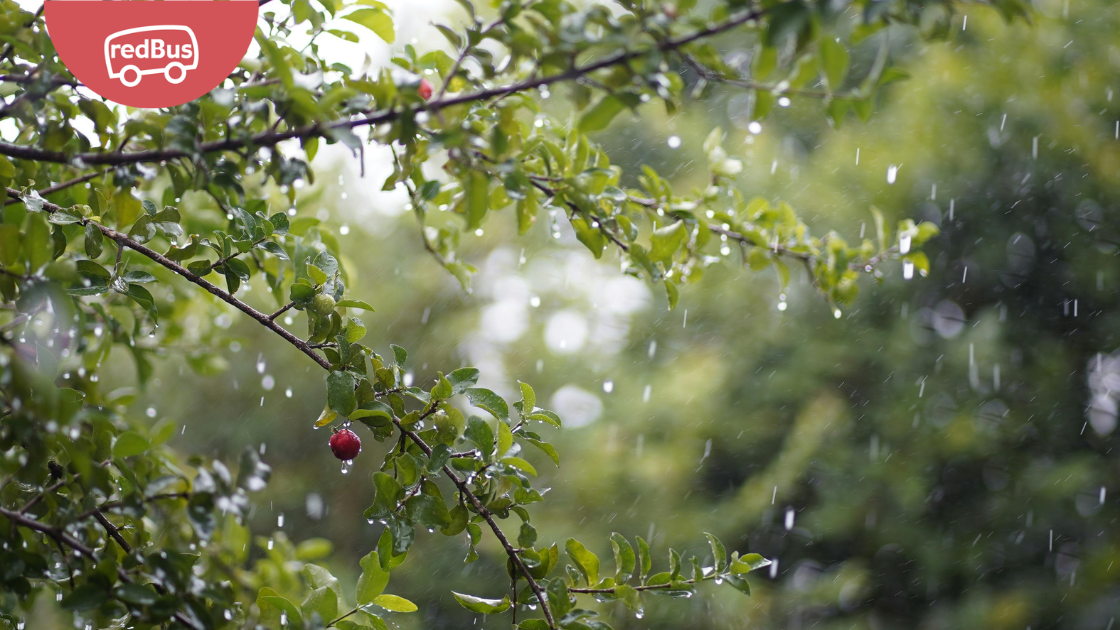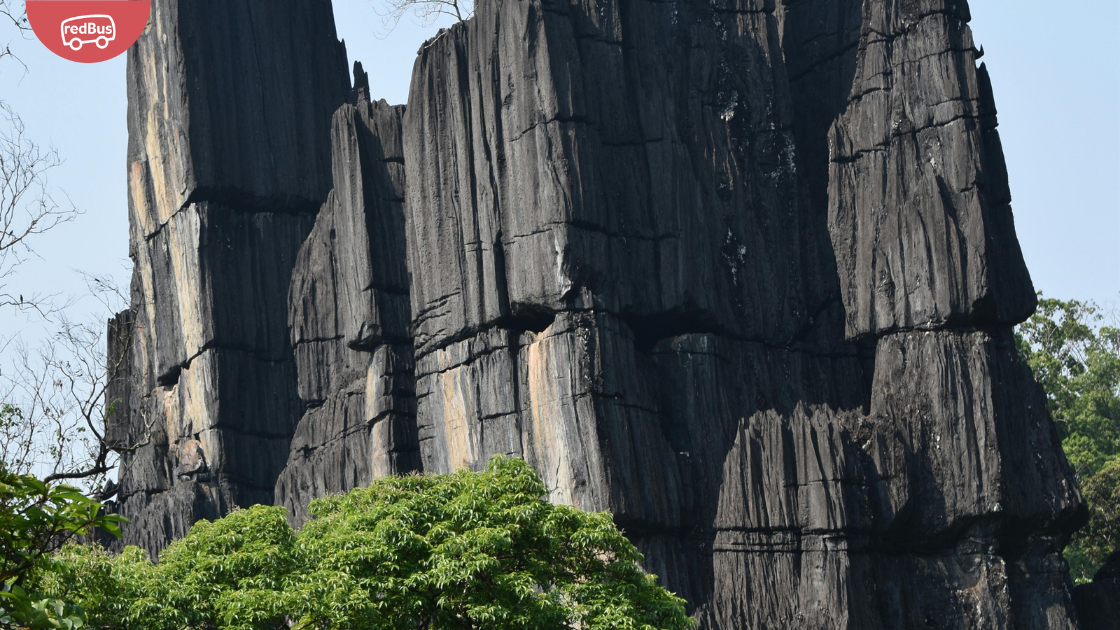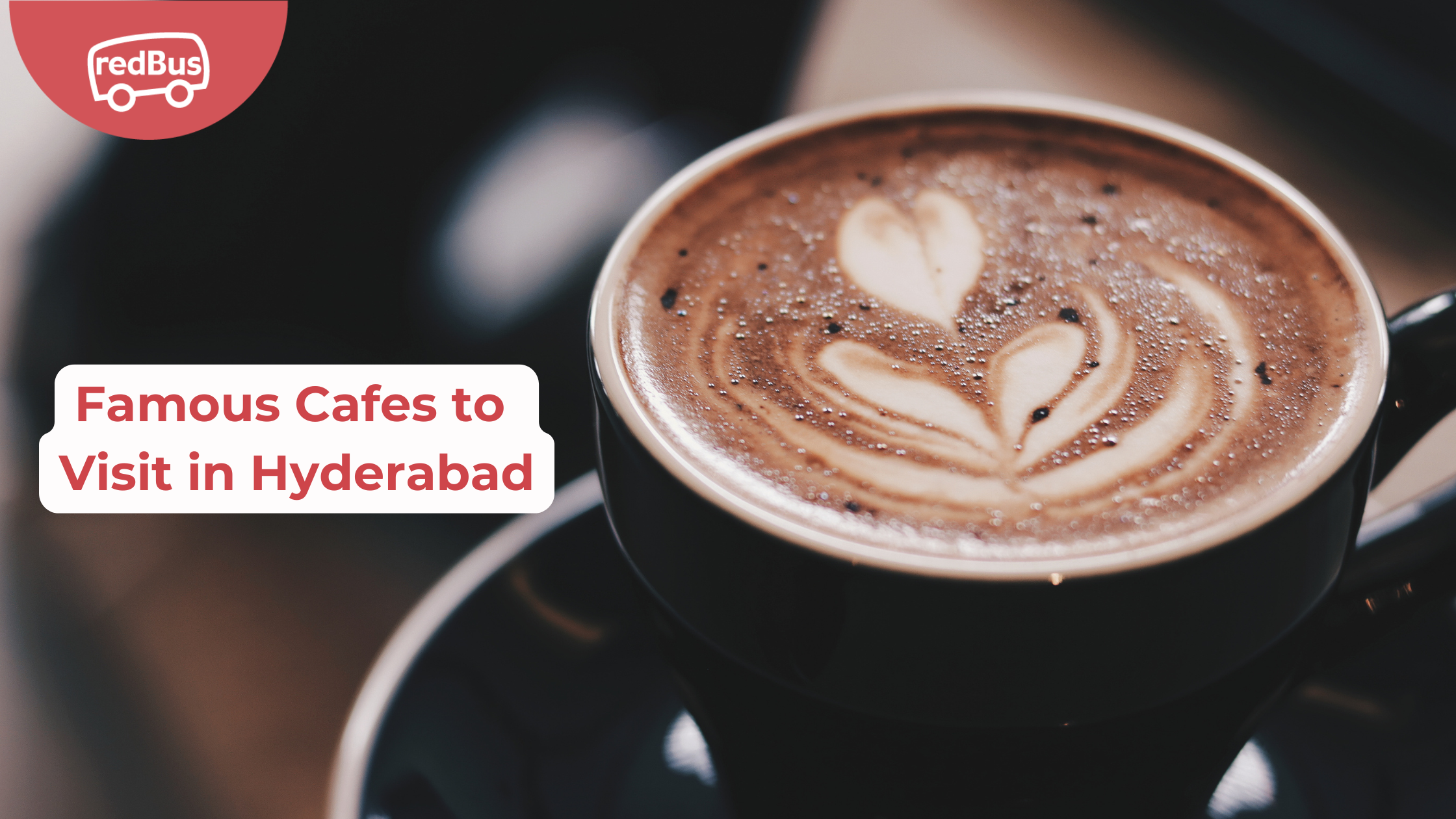Overview of Chhath Puja
Chhath Puja is one of the most significant and ancient Hindu festivals dedicated to worshipping the Sun God, Surya, and his wife, Usha. Celebrated primarily in the Indian states of Bihar, Jharkhand, and Uttar Pradesh, as well as in Nepal, the festival honours the sun’s life-sustaining power and is a time for expressing gratitude for nature’s bounties.
The festival spans four days and involves strict rituals, including fasting, holy bathing, and standing in water for extended periods while offering prayers to the setting and rising sun. Devotees believe that by performing these rituals, they can cleanse their souls, eliminate past sins, and ensure the well-being and prosperity of their families.
Chhath Puja has historical roots that trace back to the ancient Vedas, where rituals associated with sun worship are mentioned. It is considered one of the most eco-friendly festivals, emphasizing purity, simplicity, and devotion without using idols or elaborate decorations.
Importance of Patna in Chhath Celebrations
Patna, the capital city of Bihar, holds a special place in Chhath Puja celebrations. Situated along the banks of the sacred River Ganges, Patna becomes a central hub of religious fervour and cultural activities during the festival. The city’s ghats (riverbanks) are transformed into vibrant devotion sites, attracting thousands of pilgrims and tourists.
What sets Patna apart is the scale and enthusiasm with which Chhath Puja is celebrated. The city’s ghats are meticulously prepared to accommodate the massive influx of devotees. The local administration and community organizations ensure that facilities and safety measures are in place, making it a welcoming destination for visitors.
Unique features of Chhath Puja in Patna include communal harmony, the blend of traditional and modern practices, and the opportunity to witness one of India’s most profound expressions of faith. The city’s rich historical backdrop adds to the spiritual ambience, making it an ideal place to experience the festival’s true essence.
Major Ghats in Patna for Chhath Puja
A. Gandhi Ghat
Location and Accessibility
Gandhi Ghat is one of the most prominent ghats in Patna, located near the National Institute of Technology (NIT) campus. Easily accessible by road, it is well-connected to the rest of the city through public transport, including buses and auto-rickshaws. The ghat is approximately 10 kilometres from the Patna Junction railway station, making it convenient for visitors arriving by train.
Key Rituals Performed
At Gandhi Ghat, devotees gather to perform the essential rituals of Chhath Puja, which include the evening ‘Arghya’ (offering to the setting sun) and the morning ‘Arghya’ to the rising sun. The rituals involve standing in waist-deep water, offering prayers with baskets filled with fruits, thekua (a traditional sweet), and other offerings. The ghat resonates with devotional songs and the sounds of traditional musical instruments.
Historical Significance
Named after Mahatma Gandhi, Gandhi Ghat is historically significant as it was one of the places where Gandhi’s ashes were immersed in the Ganges. The ghat also serves as a venue for the ‘Ganga Aarti,’ a daily ritual that attracts numerous spectators. During Chhath Puja, the ghat’s historical and spiritual significance makes it a focal point for devotees and tourists.
B. Collectorate Ghat
Special Events and Ceremonies
Collectorate Ghat is known for hosting special events during Chhath Puja. The local administration often organizes cultural programs featuring folk music and dance performances that showcase Bihar’s rich heritage. The ghat becomes a centre of communal activities where people from different backgrounds come together to celebrate.
Facilities Available for Visitors
The ghat has various facilities to ensure a comfortable experience for visitors. Temporary changing rooms, medical aid stations, and security arrangements are set up during the festival. Cleanliness is given priority, with volunteers assisting in maintaining hygiene and guiding visitors.
C. Mahendru Ghat
Traditional Practices Observed
Mahendru Ghat is one of the oldest ghats in Patna, where traditional practices of Chhath Puja are meticulously followed. The ghat retains an old-world charm, and rituals are performed in their most authentic form. Devotees here strictly adhere to the customs passed down through generations, providing a glimpse into the festival’s deep-rooted traditions.
Tips for First-Time Visitors
First-time visitors to Mahendru Ghat should arrive early to find a suitable spot along the riverbank. They should wear modest and comfortable clothing appropriate for wading into the water. Respecting the sanctity of the rituals is essential, so observing quietly and following the locals’ lead can enhance the experience.
D. Digha Ghat
Scenic Beauty and Ambiance
Located on the western edge of Patna, Digha Ghat offers a serene and picturesque setting for Chhath Puja. The expansive views of the Ganges and the tranquil environment make it a preferred spot for those seeking a peaceful atmosphere. This ghat’s sunset and sunrise views are particularly captivating, adding to the spiritual experience.
Safety Measures and Crowd Management
During Chhath Puja, Digha Ghat receives a significant number of visitors. The local authorities implement safety measures, including barricades, lifeguards, and clear signage, to manage the crowds effectively. Visitors are advised to follow the instructions provided by the officials to ensure a safe and enjoyable experience.
Temples and Religious Sites to Visit During Chhat Puja
A. Patan Devi Temple
Historical Importance
Patan Devi Temple is considered one of the 51 Shakti Peethas, sacred shrines dedicated to the Goddess Shakti. The temple’s history dates back to ancient times and holds immense religious significance for devotees. It is believed that parts of Goddess Sati’s body fell here, making it a powerful spiritual site.
Role During Chhath Puja
During Chhath Puja, the temple becomes a hub of religious activities. Devotees visit to seek blessings before proceeding to the ghats for the rituals. Special prayers and offerings are made to the deity, and the temple is adorned with decorations, enhancing its divine aura.
B. Bari Patan Devi
Cultural Significance
Bari Patan Devi, or the Elder Patan Devi, is one of the temples dedicated to Goddess Durga in Patna. It plays a crucial role in the city’s cultural fabric, serving as a place of worship and a centre for cultural gatherings, especially during festivals.
Special Offerings and Rituals
During Chhath Puja, special rituals are performed at Bari Patan Devi. Devotees offer traditional items like coconut, fruits, and sweets to the deity. The temple priests conduct ceremonies that are believed to bring prosperity and happiness to the worshippers.
C. Chhoti Patan Devi
Unique Traditions
Chhoti Patan Devi, or the Younger Patan Devi, is another significant temple in Patna. It is known for its unique traditions, including specific rituals women perform seeking blessings for their families. The temple has a more intimate setting where devotees can engage closely with spiritual practices.
Visiting Hours and Guidelines
The temple is open to visitors from early morning until late evening. During Chhath Puja, the visiting hours may be extended to accommodate the influx of devotees. Visitors must remove their shoes before entering and maintain decorum within the temple premises.
Parks and Alternative Venues
A. Eco Park
Modern Celebrations
Eco Park in Patna offers a contemporary venue for Chhath Puja celebrations. The park features artificial lakes where devotees can perform rituals without the need to travel to the crowded ghats. This modern approach provides an alternative for those seeking a less congested environment.
Activities and Events During Chhath
Apart from the rituals, Eco Park hosts various activities, including cultural performances, exhibitions, and food stalls offering traditional Bihari cuisine. The well-maintained gardens and recreational facilities make it a family-friendly destination during the festival.
B. Malls and Community Centers
Organized Functions
Several malls and community centres in Patna organize Chhath Puja functions, catering to urban residents. These venues provide controlled environments with facilities like clean water bodies, security, and amenities, making the rituals accessible to a broader audience.
Participation Details
Due to limited space, interested participants usually need to register in advance. Information about these events is often advertised through local media and social networks. These organized functions are incredibly convenient for elderly devotees and those with mobility constraints.
Nearby Places of Interest
A. Sonepur Mela
Description and Timing
The Sonepur Mela, held in Sonepur near Patna, is one of Asia’s largest cattle fairs. Starting shortly after Chhath Puja, the fair lasts several weeks and attracts visitors from all over the country. It offers a glimpse into rural life, with stalls selling everything from livestock to handicrafts.
How It Complements Chhath Celebrations
Visiting the Sonepur Mela after participating in Chhath Puja adds to Bihar’s cultural experience. The fair showcases traditional art forms, folk performances, and regional cuisine, providing a comprehensive understanding of the local heritage.
B. Other Nearby Ghats and Sites
Lesser-Known Locations
For those looking to explore beyond Patna, nearby ghats like Fatuha Ghat and Barh Ghat offer quieter settings for Chhath Puja. These locations are less crowded and allow visitors to immerse themselves in the rituals amidst serene surroundings.
Advantages of Visiting These Spots
Visiting lesser-known ghats provides an opportunity to experience Chhath Puja in its most authentic form, away from commercial influences. The local communities are welcoming, and the simplicity of the celebrations can be profoundly moving.
Conclusion
Experiencing Chhath Puja in Patna is profoundly spiritual. The sight of thousands of devotees standing in the Ganges, offering prayers to the sun, creates an atmosphere of collective devotion that is both humbling and inspiring. Personal reflections often highlight the unity and peace felt during the festival.
Visitors are encouraged to immerse themselves in the festivities, not just as spectators but as participants. Engaging with the local community, understanding the significance of the rituals, and embracing Bihar’s cultural richness can make the visit truly memorable.
Final thoughts emphasize that Chhath Puja in Patna is more than a festival; it celebrates life, nature, and the enduring human spirit. It’s an opportunity to witness and be part of a tradition that has remained unchanged for centuries, offering lessons in simplicity, gratitude, and devotion.







